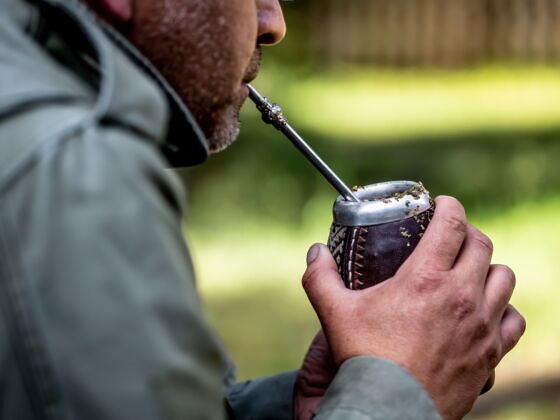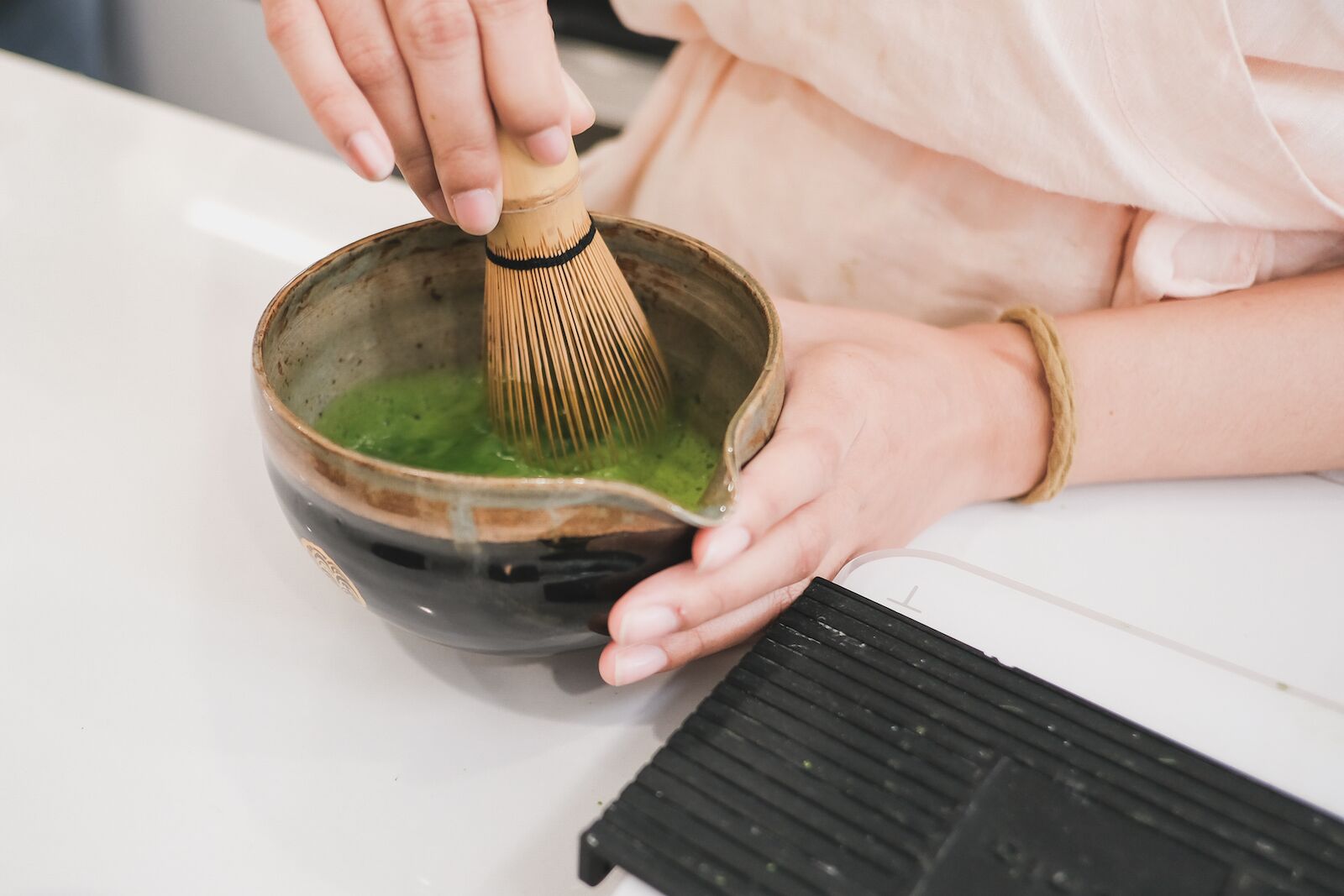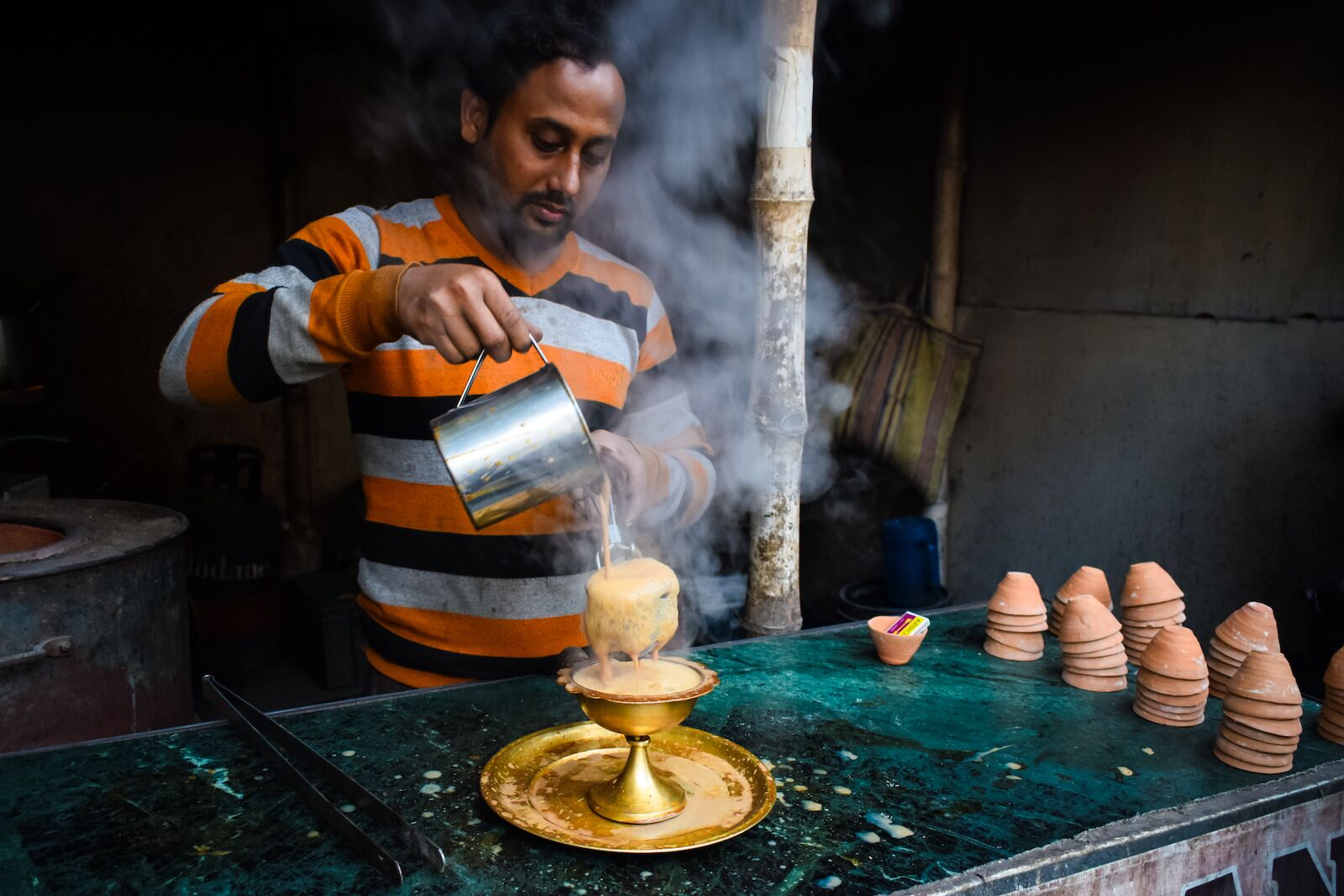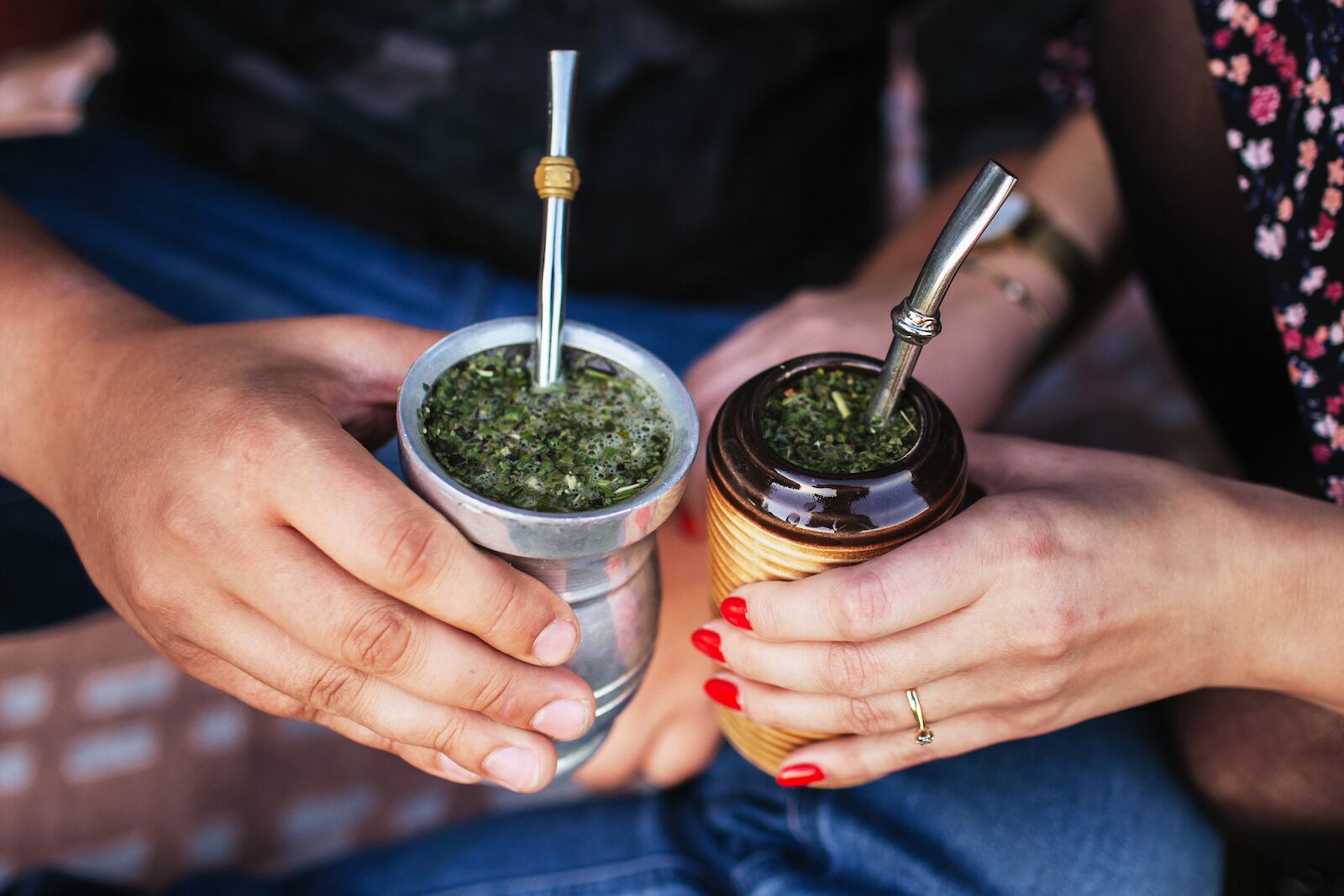In North America, coffee is the morning stimulant of choice. Still, there are drawbacks to coffee, including the sometimes bitter taste and buzzy, jittery high it gives some people. Of course, coffee beans aren’t the only energy boosting plant that nature has to offer and there are plenty of healthy coffee alternatives out there. People around the world have long looked to plants and fungi for beverages that impart a calmer, less intense burst of energy, mental clarity, and focus.
From ancient herbal teas to coffee substitutes popularized by wartime supply shortages, here are five (mostly caffeinated) alternatives to coffee that are drunk around the world.
Just so you know, Matador may collect a small commission from the links on this page if you decide to make a purchase.





